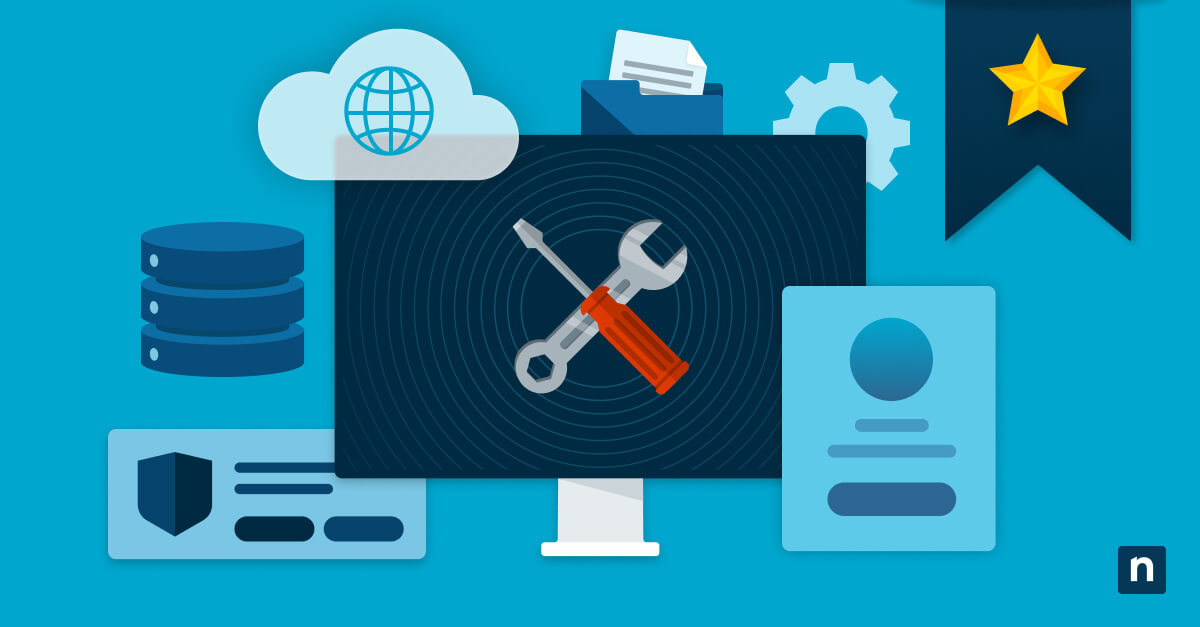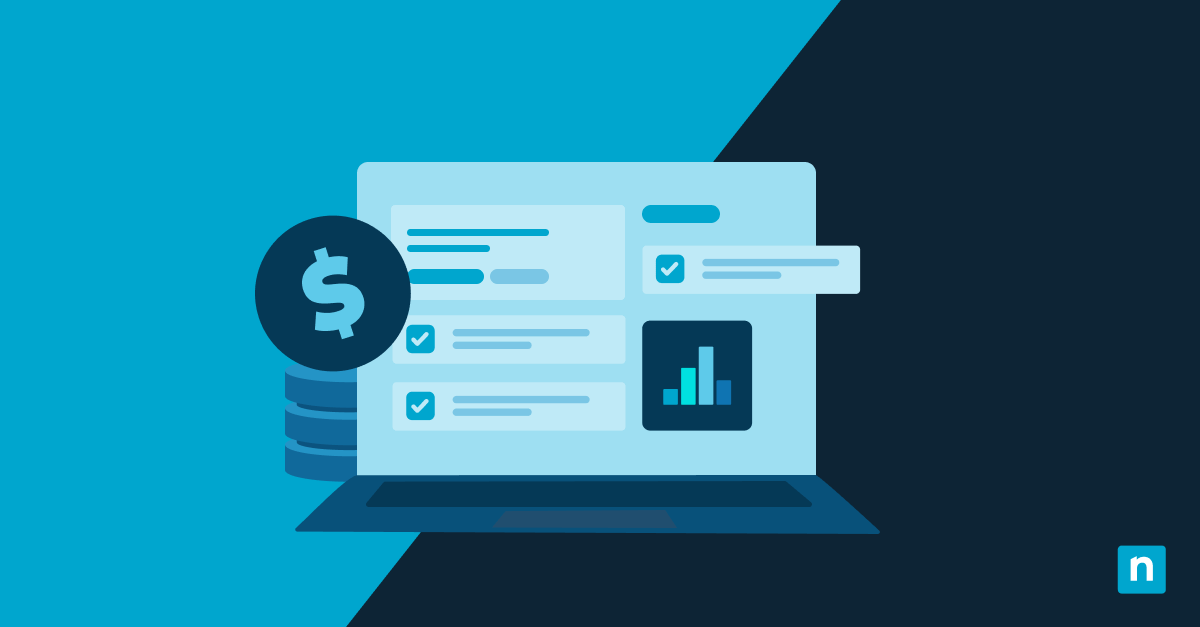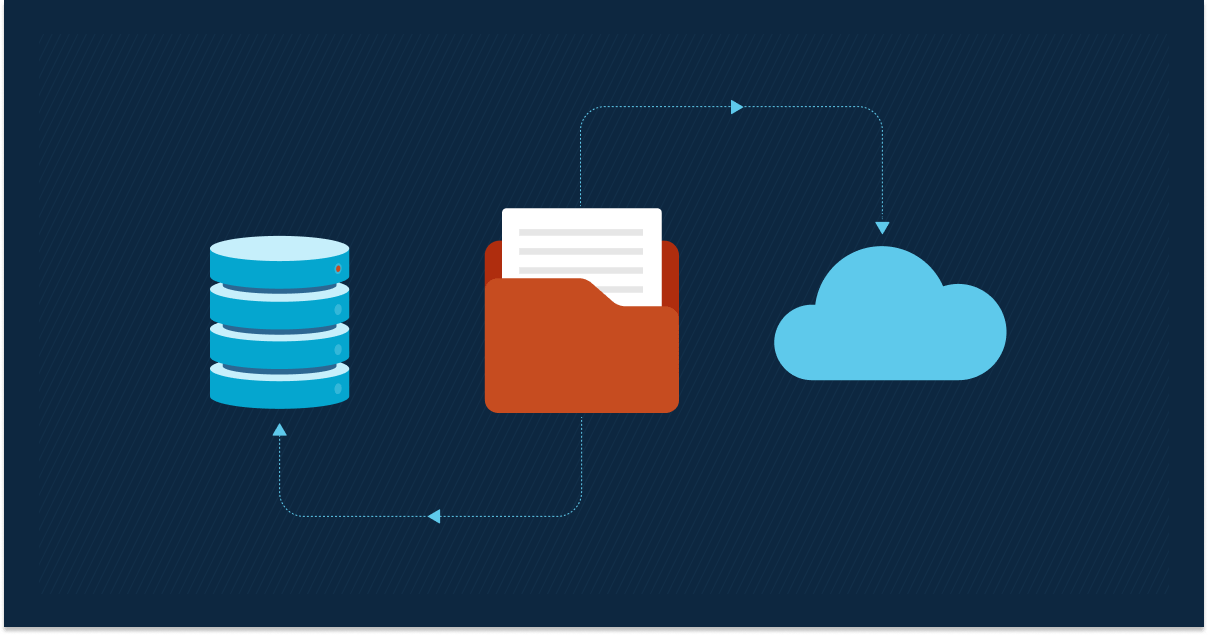Gone are the days when customer support was just a nice “add-on” to your company portfolio. As we move towards a more inclusive society, with hybrid or remote work blurring many cultural and geographical differences, more people value authenticity and knowledge in the companies they work with.
This has far-reaching implications for all businesses—even IT enterprises that, contrary to popular belief, rely on the quality of their customers’ experiences to achieve their financial and operational goals.
Proactive IT support is vital to your company’s success. While you may not initially think of something so “touchy-feely” to be important in IT, try imagining yourself in your customer’s shoes. How would you want your vendor to respond to an issue you may have? Would you want a templated response—given, sadly, 48 hours (if at all) from when you sent the IT ticket? In an ever-evolving business landscape where “time is money”, what is the cost of poor IT services when your customers don’t receive the assistance they need when they need it?
What is proactive IT support?
Today, 70% of consumers are willing to leave their current brand if they find a higher-quality alternative, with 48% saying that customer service plays a significant role in that decision, according to Forbes Advisor.
In this, proactive IT support can help you maintain your competitive advantage. It anticipates your customers’ needs correctly and delivers support when and where needed. To clarify, proactive support isn’t just a “one-off” tool or feature. Instead, it is an overall approach incorporating your current support strategies and technologies to deliver the proper support at the right time and through the right channel.
Become a growth-focused IT business with the right proactive support strategies.
Download this guide today.
Proactive IT support vs. reactive IT support
The best way to describe proactive IT support is that it is the opposite of the traditional reactive break-fix approach. Proactive IT support ensures that your systems don’t break in the first place so that you can provide more efficient services to your customers.
Additionally, proactive support empowers customers to use your product with improved confidence and helps employees use their time more efficiently. The right IT support strategy creates a better customer and employee experience simultaneously.
Sounds too good to be true? For Kyle Thomson, Manager of Global Infrastructure Operations, and John Kavati, Global Director of IT Operations of Patra, it was precisely what they experienced when they used NinjaOne.
“The support team was super helpful and the articles in the NinjaOne Dojo made it immensely easy to do just about anything. And, whenever we had questions, the response from NinjaOne was almost instantaneous. This level of support allowed us to deploy NinjaOne to all our (over 6,000) endpoints in 30 days.”
With NinjaOne, Patra successfully managed their hypergrowth and felt more assured they could deliver better customer service.
Thankfully, there are ways to work towards a proactive IT management approach.
10 ways to implement proactive IT support
1. Continuous real-time monitoring
The first step towards implementing a proactive IT strategy is continuously monitoring all IT assets in your environment. If you’re a larger organization, you may want to leverage automation to scan your system, detect possible vulnerabilities, and alert IT technicians to any technical issue.
2. Use predictive analytics
Any proactive IT management strategy uses predictive analytics to assess historical data and predict future trends. This allows you to develop appropriate strategies to minimize any organizational impact.
3. Automate time-consuming, repetitive tasks
Automate whenever possible to reduce the risk of human error. Proactive IT support uses automation software to improve efficiency and eliminate the need for manual intervention.
4. Create a knowledge base
Look for a software vendor that offers a comprehensive library of common IT questions and issues. For example, NinjaOne’s IT Hub lists valuable FAQs and blogs on various RMM and UEM topics, from endpoint management to IT service management.
5. Conduct regular audits and assessments
The best way to plan for unexpected events is to know where your company stands now. Ensure that your IT support strategy includes a dedicated and regular evaluation.
6. Stay updated with trends
The IT industry is vastly dynamic, and you must keep updated on the latest trends. Doing so allows you to develop better and more tailored organizational strategies.
7. Consider a disaster recovery plan
No one wants to think of the “worst-case scenario”, but it’s essential that you have an up-to-date disaster recovery plan to manage and mitigate risks. Ask your vendor about their endpoint backup strategies and whether they also have a product roadmap so that you always know where the company is going.
8. End-user training
Provide ongoing training for all your end-users so that they know what to do when they encounter any technical issues. It is also good to look for a vendor that provides free and unlimited onboarding, training, and support, like NinjaOne, consistently rated as the #1 in customer support.
9. Look for robust IT service management (ITSM) tools
While all technologies should follow a proactive IT service strategy, you can optimize your business processes even further with the best ITSM tool for your organization. The right tool improves your end-user experience, making your IT team more efficient, productive, and effective.
10. Automatic patch management
Patch management is often underestimated for its ability to drive proactive IT support. Yet, regularly updating software and fixing bugs is critical to keeping your IT network healthy, especially if you need to patch multiple devices across several operating systems, such as macOS, Windows, and Linux.
This is a sneak peek of what you will learn in our proactive IT support strategy guide.
Download the guide today.
Benefits of proactive IT support in modern environments
There are numerous benefits to implementing a proactive IT support model. Here are the main ones to consider:
- Reduced downtime. According to Forbes, the average cost of downtime is as high as $9,000 per minute. This number is estimated to be even higher for companies in industries like healthcare and finance. Proactive IT can help reduce this risk to be as low as possible.
- Better productivity. Proactive IT monitors your digital environment, which naturally engages your IT support team to be more productive as they learn to enjoy their tasks. Studies show that disengaged employees cost the world $8.8 trillion in low productivity—that’s 9% of the world’s GDP.
- Improved security. Your proactive IT support strategy can dramatically improve your security posture because there is less chance of being unaware of a technical issue or cyber threat. This is especially important today, given that 41% of IT organizations suffered a material cyber incident in the past 12 months, according to the Global Cybersecurity Outlook 2024 Insight Report.
- Reduced costs. A break-fix model fixes something already broken, implying a perceived loss or impact. Proactive IT management prevents a loss from happening in the first place, helping your IT technicians remediate a vulnerability before it can cause significant problems.
Implementing proactive IT support
With more companies transitioning from the reactive approach found in the break-fix model, proactive IT helps you spot and tackle problems in its early stages to minimize any disruptions to the end-user experience.
Depending on your specific services, you can give this proactive support differently. Nevertheless, the main goal is to empower your team to identify potential problems before they emerge—leading to happier and more productive employees and end-users.








